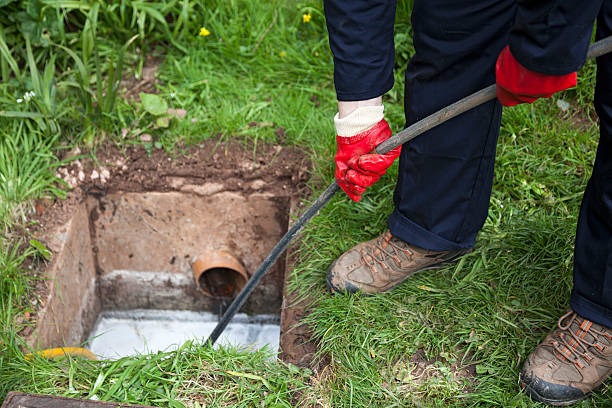Setting up a temporary garden fence can be an effective solution for various needs, such as protecting your plants from pests or creating a safe play area for children. However, it is essential to find smart and cost-effective ways to do this without compromising the aesthetic appeal of your garden.
One of the most affordable options is using mesh or chicken wire fencing. This type of fencing is not only inexpensive but also easy to install and remove. You simply need to drive stakes into the ground at regular intervals and then attach the mesh or wire between them. To enhance its appearance, you can plant climbing vines near it that will grow over time and cover the wire.
Another practical option is using reed or bamboo screens. These natural materials add an exotic touch to any outdoor space while providing adequate protection for your plants. The screens are typically fixed onto existing structures like walls or fences but can also stand alone with proper support.
Pallets are another cost-effective material for erecting a temporary fence. They’re usually readily available from local businesses at little to no cost, making them an excellent choice if you’re on a tight budget. By painting these pallets in bright colors, you can create a charming rustic look that enhances your garden’s overall appeal.
Plastic barriers are another viable option when setting up temporary garden fencing due to their durability and ease of installation. They come in various designs ranging from picket-style fences to decorative lattice patterns, offering flexibility in terms of aesthetics.
When setting up temporary fencing, consider integrating gates for easy access inside and outside the fenced area. A simple gate made find out more of wood or metal could be easily attached with hinges onto one side of your temporary fence.
In addition, remember that while functionality is key when setting up a temporary fence, it should also blend well with your existing landscape design so as not disrupt the overall aesthetic flow of your garden space.
Finally yet importantly, before starting any work on installing a new fence, it’s crucial to check local regulations and guidelines. Some areas have specific rules about the type of fencing allowed or height restrictions that must be adhered to.
In conclusion, setting up a temporary garden fence doesn’t have to be an expensive or complicated task. By using cost-effective materials like mesh wire, bamboo screens, pallets, or plastic barriers, you can protect your garden while adding charm to your outdoor space. With some creativity and planning, you can create a functional and attractive temporary fence that meets all your needs.




